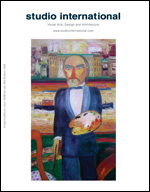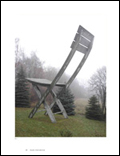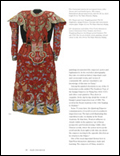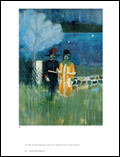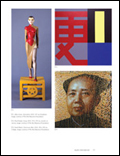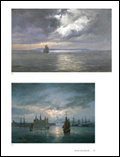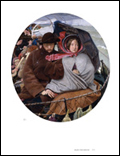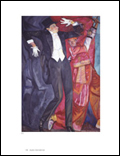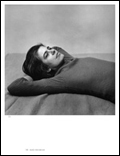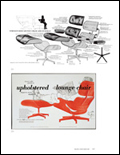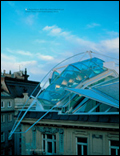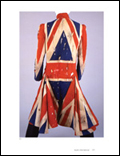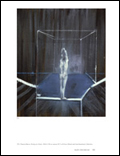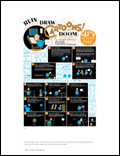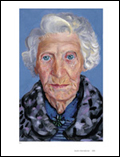

Publisher: The Studio Trust
Content: 248 pages, full colour
Language: English
ISBN: 0962514160 (Hardcover).
Dimensions: 11.0 x 8.7 x 1.0 inches
Price: Hardcover: US $29.99, UK £24.99
Editor: Michael Spens
Deputy Editor: Dr Janet McKenzie
Creative Director: Martin Kennedy
Vice-President: Miguel Benavides
To order your copy please contact studio@mwrk.co.uk
Introduction
Rapid currents in cyberspace
This year serves to prove the non-conformist yet globally enriching characteristic of current interchange in the contemporary art world. This in all the experience across the planet defines a remarkable diversity of ends and means. Yearbook 2006 reveals this, although a similar selection could be made from all the other articles by Studio International contributors across the world.
As we look back, it was already fully evident that coverage of China – her history, and her contemporary cultural development – gave a vital new dimension. It is good to recall that The Studio – our predecessor, founded in 1893 – took on, through the Founder/Editor/Proprietor Charles Holme (1848–1923) an important commercial and cultural role stemming from his engagement as an entrepreneur in the Far East, becoming a special conduit for ideas. In this, Studio was well ahead of other competitors striving to make their mark in this field. Today, doors are opening across all South-East Asia. We were able to document the significant and relevant exchange between London’s Royal Academy exhibition ‘Royal Academicians in China’ (page 70) and the reciprocal show ‘China; The Three Emperors, 1662–1795’ (page 56) fully approved, and with exceptional loan items, by the Chinese People’s Republic. We covered the superb exhibition sent from Vienna to China of ‘cutting-edge’ contemporary Austrian architecture (page 170), which was exhibited in both Beijing and Guangzhou and has been a further important European inspiration in the run-up to the Olympics. We include the feature article covering Chinese art history (page 8) by Dr Thomas Lawton, former editor for Artibus Asiae, former director of the Freer Gallery of Art and founding director of the Arthur M. Sackler Gallery in Washington, D.C. This is an article of rare insight and research, reflecting Dr Lawton’s deep knowledge of the subject.
Drawing down various one-off historical initiatives, we include 19th century paintings by J.C Dahl, as exhibited at the Barber Institute, Birmingham, relating to the Romantic tradition in England and Germany (page 76) and a summary of the Gothic world (page 106), plus a searching essay focused on the 19th century plight of displaced people (page 110). We recognise the contemporary predicament of contemporary artists in Lebanon – as presented by the Museum of Modern Art, Oxford (page 132) – and the real struggle that persists to make art in the Middle East today (pages 156).
In London, the dramatic impact of New British Art, as presented at the Tate Triennial 2006 (page 64), could be interestingly set up against the parallel universe of British fashion in our review of the exhibition ‘AngloMania’ shown at the Metropolitan Museum of Art, New York (page 176). One key design highlight in England was also memorable: the Pallant House Gallery in Chichester (page 152), designed by the veteran Royal Academician Sir Colin St John Wilson, architect of the British Library (d. 2007). This small gem of a building put a historic English cathedral town firmly on the map with a contemporary masterwork that is an exemplary swansong of its designer.
The late Susan Sontag (d. 2004) is commemorated in this 2006 Yearbook by a tribute (page 138) linking her universal talent, as here applied to photography,
a key interest for her. We are thankful to the estate of photographer Peter Hujar (d. 1987) for the sublime image by him, which we have incorporated on the
back cover.
Michael Spens
Editor
Contents
